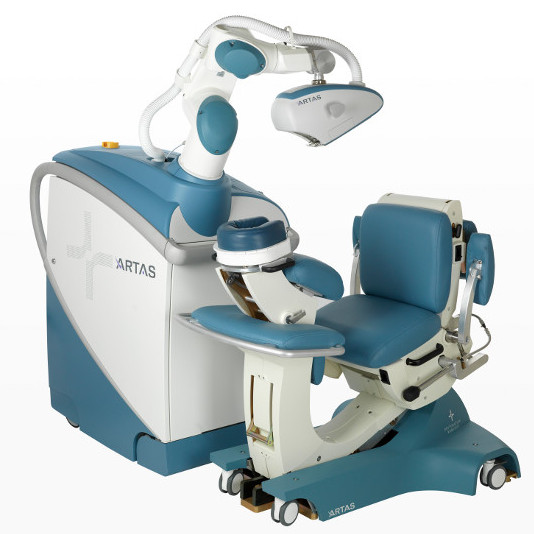Q: Can I play a contact sport, like football, right after having a FUE procedure? — C.N., Easton, P.A.
A: I performed a study (“Graft Anchoring in Hair Transplantation,” Dermatologic Surgery 2006; 32: 198-204) to answer a simple question, one that patients ask all the time: at what point are transplanted grafts so securely anchored in the scalp that they cannot be dislodged?
In the study, it was found that after 10 days the transplanted grafts become a permanent part of the body such that no amount of scrubbing or combing can dislodge them. So, while there are generally no limitations on strenuous exercise after a FUE procedure, we recommend waiting at least 10 days before playing any contact sport, like football, as the grafts could be dislodged if vigorously rubbed.








